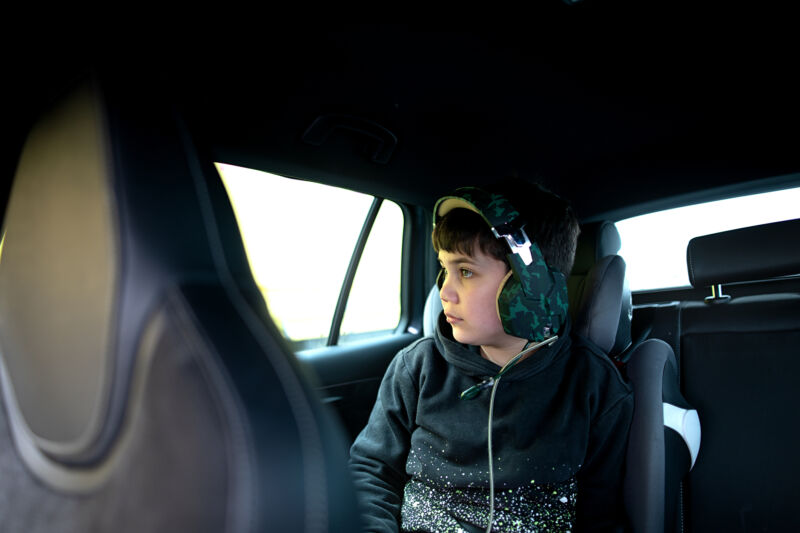
People have long tried to use music as a tool to improve their skills. Soldiers sang songs when they went to war, sailors sang songs on long voyages, and clothiers sang while weaving. But do we have any evidence that music makes a difference to all of our activities?
We have only recently been asking this question scientifically. It started with the Mozart effect, which seemed to link classical music with improved mental performance. Named after the famous composer, it was short for the apparent boost in IQ tests experienced by people listening to his music. But the phenomenon turned out not to be real. “Background music was thought to help with the work. [It was] turned out to be the noise that prevents the person from being distracted,” said Professor Concetta Tomaino, executive director and co-founder of the Institute for Music and Neurologic Function.
However, research into music and its effects on human abilities continued and eventually resulted in the discovery of an effect called brain entrainment, which appears to be able to improve memory, focus, sleep and physical activity. .
Making waves
The technique involves manipulating some of the activity waves that are part of normal brain behavior. We have discovered five types of brain waves: alpha, beta, theta, delta and gamma. David Sonnenschein, founder of iQsonics, a company that develops tools for autistic children, says that alpha waves mark resting states and beta waves are for waking consciousness. However, their effects also overlap; Tomaino says that “Gamma and beta waves help with attention and theta and delta waves help with sleep.”
In theory, you can tune the difference in music frequency to stimulate the activity of one of these brain waves. “Essentially, brain entrainment is the production of specific brain patterns of certain types of music with a specific phase difference,” says Sonnenschein, whose tools for autistic children are based on the idea. Brain entrainment works by making a person listen to music at two different frequencies using headphones. “You can have music at 408 Hz and music at 400 Hz — this creates a difference,” Sonnenschein said, “and that difference is the frequency of brain waves you produce in the brain.”
Aside from these frequency effects, the exact benefits of different types of music are still hotly debated. Some researchers suspect that brain entrainment has a very large effect, regardless of the type of music. This group includes Adam Shea-Hewett, who has spent nearly two decades using music to enhance human abilities and co-founded Evoked Response, a company that delivers music that it claims enhances individual capabilities.
However, there are others, such as Mari Tervaniemi, research director of the Center of Excellence in Music, Mind, Body and Brain at the University of Helsinki, who differ. “In most cases, it is the favorite music that is beneficial – beneficial for changing the emotional state. Positive emotions can also help improve cognition. It depends on the music that person likes,” he said. them to Ars. However, she cautions that there are very few studies on South America or Africa, so any cultural differences in how music is appreciated remain unexplored.
There is evidence that the music itself matters. A study of 50 volunteers used brain entrainment that stimulated theta brain waves, but used different ways to do it: white noise or music. A simple memory test showed that those who listened to music saw a much greater improvement in performance.

